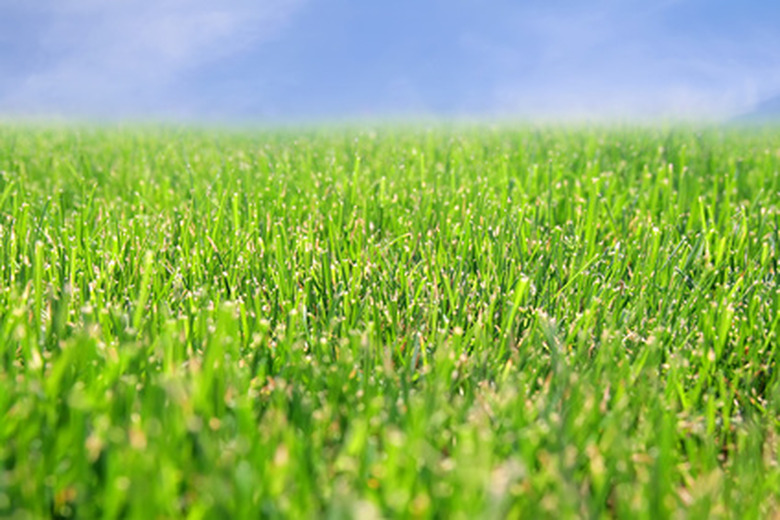How To Rid Your Yard Of Moles With Lime
Things Needed
-
pH tester
-
Rubber gloves
-
Hydrated lime
Tip
Grub treatments work best in either early fall or summer. This is the time when grubs are active and closest to the surface of the soil.
Warning
Always wear rubber gloves when applying the lime. Hydrated lime is caustic and should not come into contact with bare skin.
Moles are hardy little creatures that are the bane of gardeners everywhere. Their persistent digging can leave numerous holes and mounds in your yard–destroying the symmetry of a green, rolling lawn. In addition, moles tunnel under the ground, demolishing the root systems of your formerly thriving plants. Moles are carnivorous and feed primarily on small insects and worms. Given that they spend the majority of their time beneath ground, they frequently feed on grub worms. By making your yard less hospitable for the grub worms, you can eliminate the moles' primary food source. As a result, the moles will take up residence elsewhere where grubs are more plentiful.
Step 1
Test your soil pH. You can purchase a pH tester at a home and garden supply store. Lime increases the alkalinity of your soil, and knowing the pH before you begin shows you how much lime you can add to the soil without doing severe damage to your lawn. The ideal soil pH is between 6.2 and 6.5, with 7.0 being alkaline and 1.0 being acidic.
Step 2
Put on protective rubber gloves. Sprinkle the hydrated lime throughout the infested area. You can increase your soil's pH by one point by sprinkling, per yard, 4 oz. of lime in loamy soil, 8 oz. in sandy soil, 12 oz. in clay soil and 25 oz. if your yard is peaty. Liming requires a careful balance. You want to alter the pH enough to drive away the grubs, but not so much that you cause lasting damage to your plants.
Step 3
Monitor the mole activity in your yard. If the moles remain, the grubs are still living comfortably beneath the soil. Repeat the liming process to further increase your soil's alkalinity and rid your yard of grub worms and, subsequently, moles.
